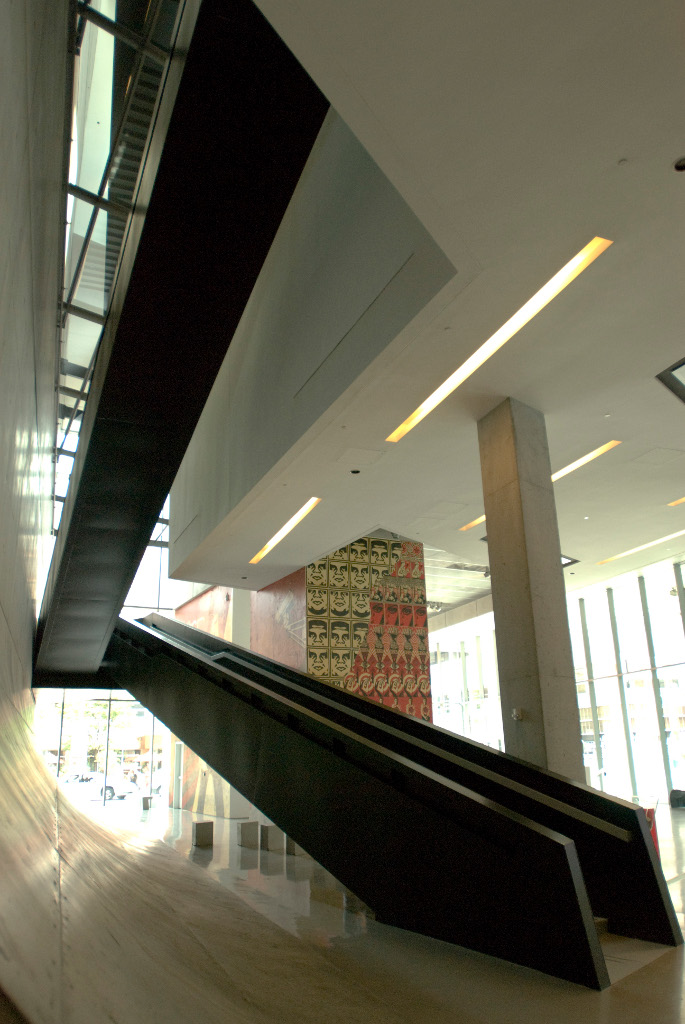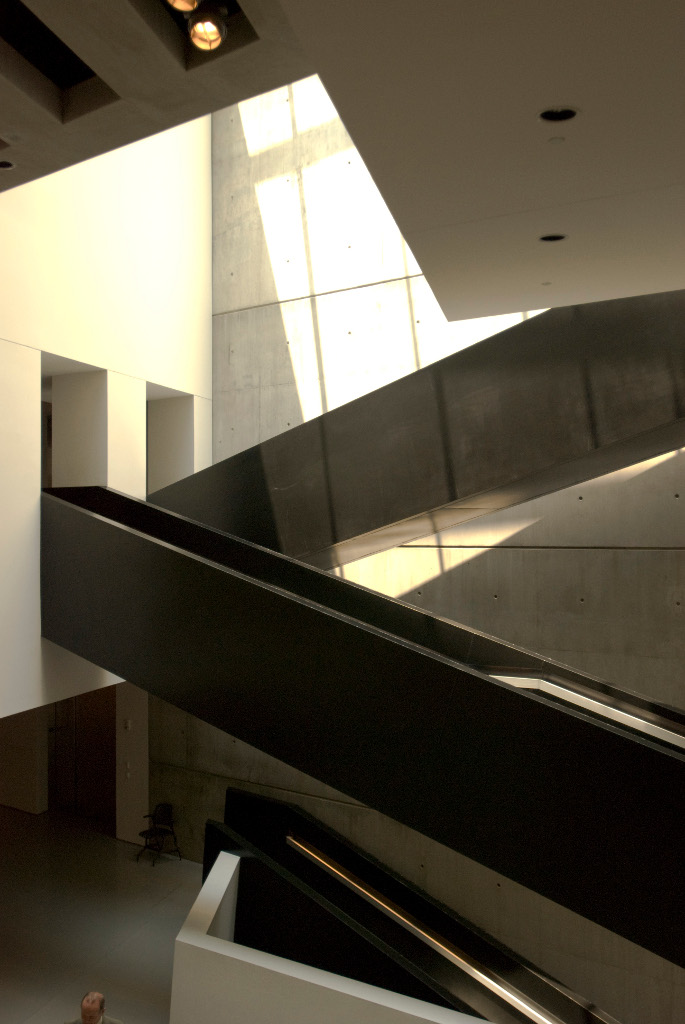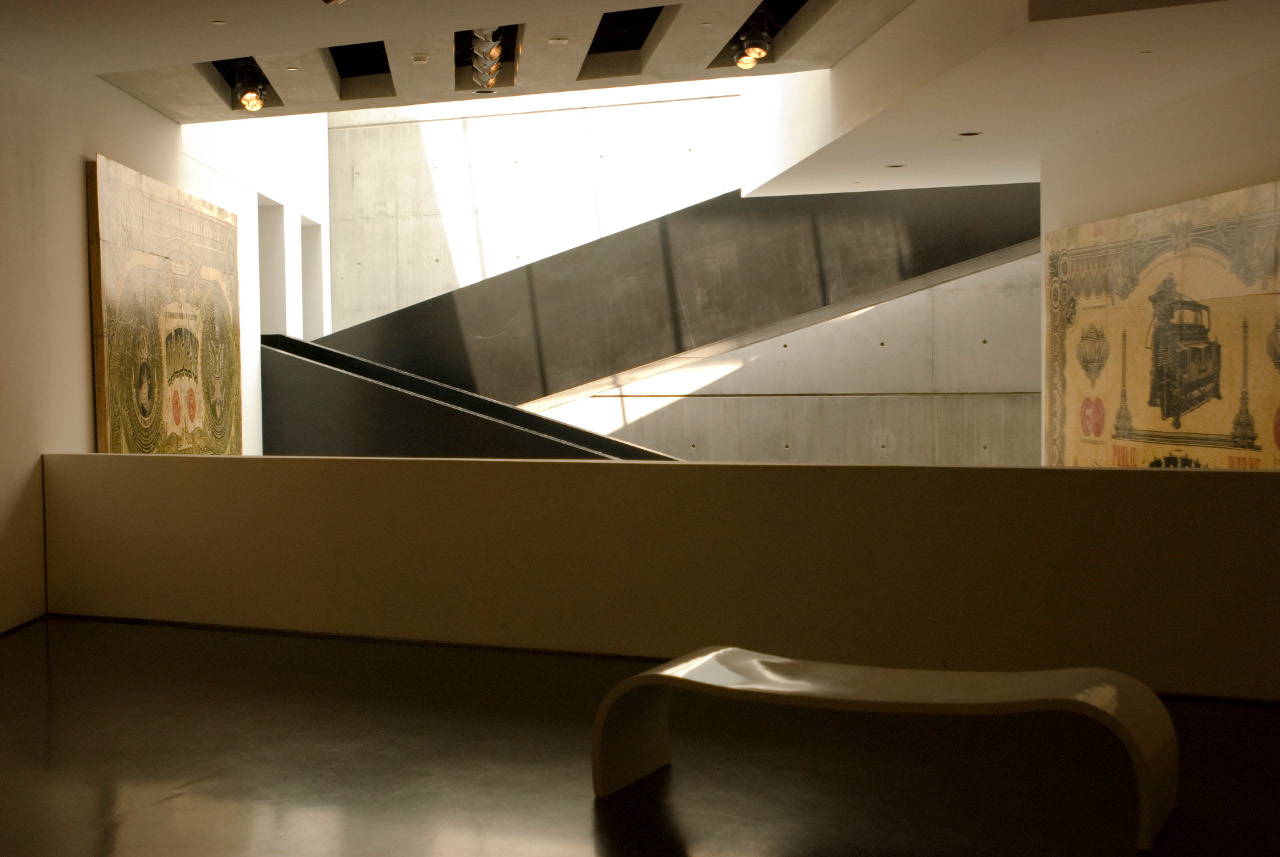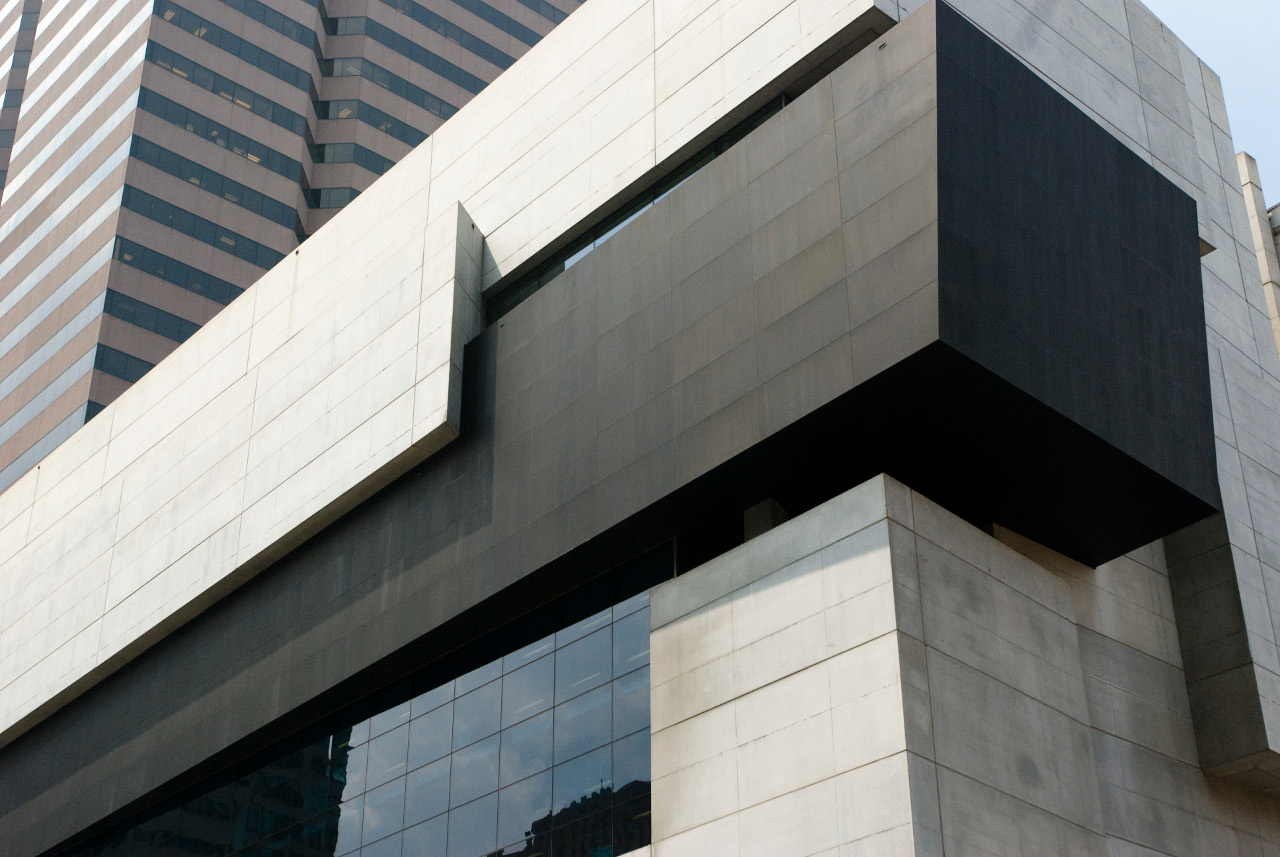Video
At first glance, Cincinnati, Ohio, appears to be a typical Midwestern city. A closer look reveals a sophisticated community of architectural trendsetters. Beginning in large part with a transformative vision for the University of Cincinnati campus in the late 1980s, Cincinnati is now home to a major concentration of signature contemporary architecture. One of the architectural treasures of Cincinnati is the Lois & Richard Rosenthal Center for Contemporary Art, home of the Contemporary Arts Center (CAC). Designed by Pritzker Prize award winner Zaha Hadid and opened in 2003, the Rosenthal Center for Contemporary Art allows CAC to serve its organizational mission to unite art and people in a provocative architectural environment.
A renowned champion of contemporary art, CAC is a premier non-collection institution. It provides a temporary home for contemporary art installations and “an opportunity for all people to discover the dynamic relationship between art and life.” In 1996, when CAC’s reputation had outgrown its 25-year-old exhibition space in downtown Cincinnati, it sought a larger, more visible space to advance the accessibility of art. A corner lot in the heart of downtown would be the canvas for an architectural composition that embodies the CAC mission and engages the public.
"We didn’t want to create just another big warehouse for art. We wanted to create a building, a piece of architecture, that would speak to the highest levels of architectural design and would have lasting power.” James Fitzgerald, Chair of the Board of Trustees
“We had a very enlightened board, who were very much interested to create some energy with this new building,” says board trustee Professor Jay Chatterjee of the University of Cincinnati (UC).
As the Dean of UC’s College of Design, Architecture, Art, and Planning (DAAP) from 1982–2001, Chatterjee led the transformation of the UC campus. The architectural energy emerging from the UC campus began to spread to the greater Cincinnati community.
“We didn’t want to create just another big warehouse for art,” states James Fitzgerald, Chair of the Board of Trustees. “We wanted to create a building, a piece of architecture, that would speak to the highest levels of architectural design and would have lasting power.”
With no shortage of eager designers, the selection committee narrowed the candidates to three: Zaha Hadid, Bernard Tschumi, and Daniel Libeskind. Following a presentation of schematic designs, Hadid emerged with her first commission in the United States.


“The city was already very excited about contemporary architecture,” relates Chatterjee.
“She presented this notion of urban carpet, which brings people in,” remarks Chatterjee of Hadid’s concept. “Then she has done this backdrop, as if the carpet has been rolled up to define the backside.”
The “urban carpet” Chatterjee references is manifest as a concrete floor extension of the sidewalk outside that curves into a vertical plane along the back of the center. The "rolled up" concrete surface connects the public outside to the art in the galleries, vertically stacked above the voluminous lobby. A barrier-free street level entrance and glass curtain wall invite pedestrians inside. The heavy black stairs, which were fabricated by a roller coaster contractor, zigzag through the skylit void between the vertical portion of the urban carpet and the galleries; this chute-like stair system touches down in front of the upwardly curving urban carpet and offers an easy entry into the museum's circulation.




“You’re attracted by it, and as you’re moving up it you begin to see all these different spaces,” says Chatterjee of the stair system.
A variety of galleries is revealed along the journey. A tall second-floor gallery interlocks with the more private third-floor offices. Portions of the fourth-floor gallery open to the fifth floor, creating additional vertical exhibition spaces. On the sixth floor, the UnMuseum offers children a participatory experience in art education.
“We needed different kinds of spaces,“ says Chatterjee of the program for new exhibition spaces, which is capable of accommodating the most flexible range of contemporary art. "All the spaces are like little three-dimensional jigsaw puzzles. Some are high. Some are low. Some go three stories, some just one story. And it’s all put together to create gallery spaces that are very unique.”
With an 11,000 sq. ft. footprint on a small urban corner lot, this stacked jigsaw puzzle has proven to be a unique solution to the parameters of the site. Embodying the basic principles of Modernist design, the exterior form of stacked blocks and voids that float above the transparent lobby expresses the functions of the galleries and offices within.


“Outside is a constant interplay between opacity and transparency,” explains Chatterjee of the bands of precast concrete and glass. Although the linearity of the stacked volumes is more apparent on the Walnut Street south façade, the Sixth Street east façade is the more dynamic face. Truncated ends of the stacked blocks have been pushed and pulled to delineate the interlocking of the gallery forms and reinforce the concept of a jigsaw puzzle.
Thousands of people every day walk by the artfully composed floating architectural puzzle in downtown Cincinnati. Several pause, visually exploring the lobby and artistic teasers. Many wander in and are drawn upward for an exploration of contemporary art. Belonging to a new class of art institutions, the CAC facility, like SANAA’s New Museum in New York City, offers an open invitation to the public with more emphasis on the experience of art than that offered by more formal institutions. Brought to life by Hadid’s elegant integration of the public domain with a diverse set of exhibition spaces, the Lois & Richard Rosenthal Center for Contemporary Art is an important asset for the CAC and the contemporary art community and an integral piece of the culture of Cincinnati.

Ryan Carpico
Ryan is a Registered Architect who earned a Bachelor of Architecture from the University of Kentucky in 1998. His experience in a broad spectrum of architectural projects includes design and project management in multi-family residential, general commercial, and institutional projects. This architectural experience is balanced with a background in general contracting of residential and light commercial construction projects. Ryan’s knowledge and ability as both architect and builder enable him to address both the technical and practical sides of the comprehensive body of construction knowledge.
Website: carpicodesign.com/
